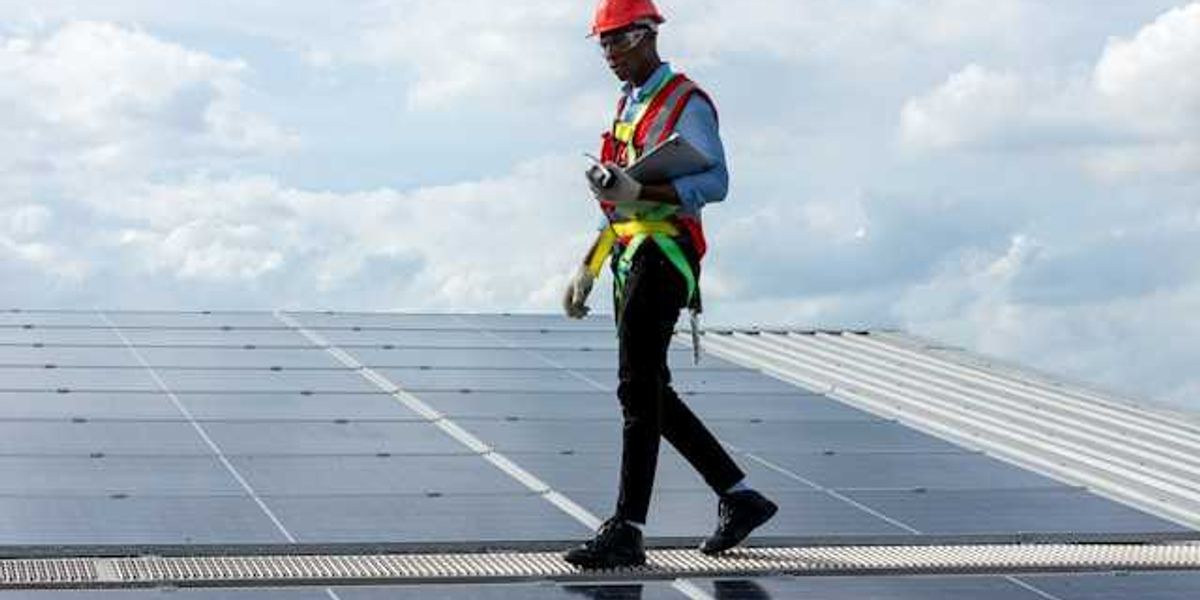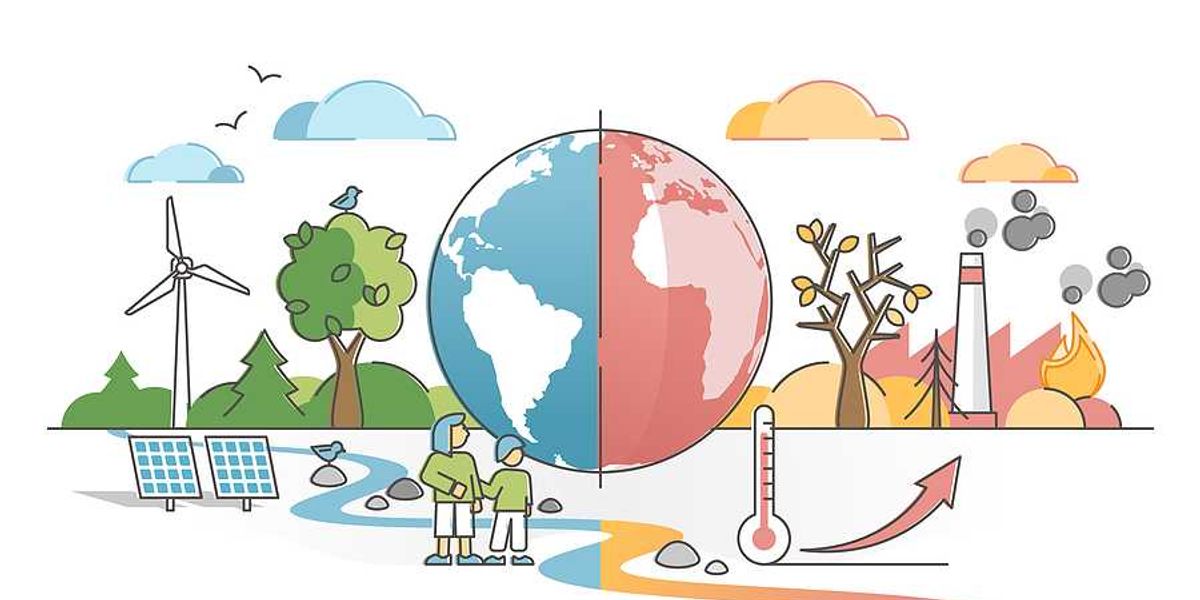
Climate shifts force travelers to rethink the best times to travel abroad
Changing weather patterns are scrambling traditional travel seasons, leaving tourists and tour operators to navigate growing unpredictability.
Tarang Mohnot reports for BBC.
In short:
- Once-reliable travel seasons are being upended by climate change, as early monsoons, heatwaves, and erratic weather disrupt activities once tied to specific months.
- Tour operators say outdated information and siloed planning are leaving travelers unprepared, with many companies hesitant to share climate-related disruptions for fear of losing bookings.
- Real-time local advice and flexible planning are becoming essential tools for navigating a world where shoulder and off-seasons increasingly offer better conditions than peak travel periods.
Key quote:
“Earlier, when clients asked for a snow trek in December, we could suggest options like Annapurna Base Camp. But now, it's harder to say confidently whether conditions will be right. We just don't know anymore.”
— Juliana Shrestha, co-founder of Duluwa Outdoors
Why this matters:
Tourism is deeply tied to weather, and as climate change accelerates, it's throwing long-held assumptions into disarray. Many destinations now face heat, pollution, drought, or floods during what were once considered optimal seasons. For travelers, this can mean ruined vacations and health risks; for local economies that rely on tourism, it creates instability and lost revenue. The broader environmental concern is that even as these impacts grow, much of the industry is slow to adapt or inform customers. Climate volatility not only affects where and when people can travel but also adds pressure to infrastructure, natural resources, and the communities that host visitors.
Learn more: Tourists are more vulnerable to extreme heat than locals













